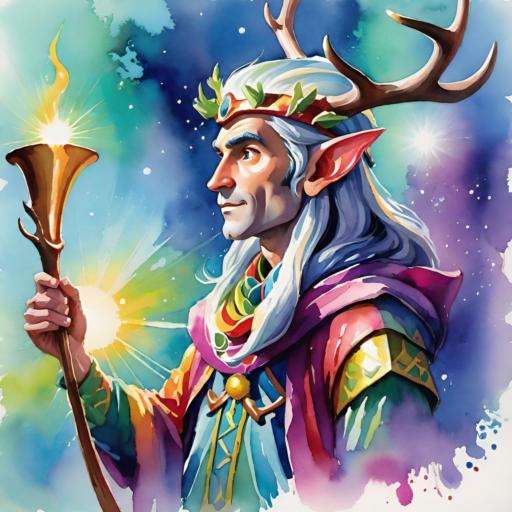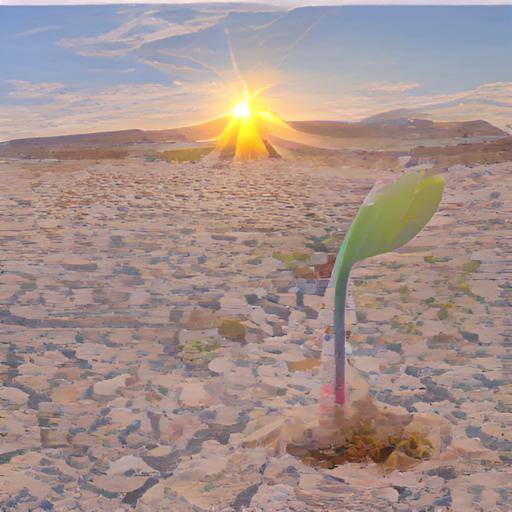NFTs made a big boom in 2021, with sales of the “new tech” reaching an estimated 17 billion with a “b” that year. Certain individual NFTs sold for millions apiece. Many people in the general public gathered a vague understanding that NFTs meant owning something digital — and a lot of people thought it was pretty dumb. Was it because some high-value NFTs featured unremarkable renderings of grumpy gorillas, or because the concept of “owning” an image feels silly in an age when sharing and viewing digital files is easier than ever?
Whatever the reason, it was significantly harder to sell a JPG for a million dollars in 2024. The overall market is a fraction of what it was in 2021, at only about 2 billion for the year. Despite the BIG boom-bust cycle that marked the debut of NFTs, they haven’t disappeared—and they probably never will. Instead, they will find more sustained interest and utility as public understanding increases, and as companies learn how to use them well.
Here to put our finger on the public-understanding side of the scale, let’s answer some questions from newcomers about NFTs!
Are NFTs always about art?
No, they’re definitely not! An NFT CAN be about establishing unique ownership of digital art (could be visual art, video, or music) but it could be something else too. A concert ticket could be an NFT. The deed to your house or car could be captured in an NFT—and no one could steal it without accessing your crypto wallet. Club membership, rewards for participation, thanks for a donation, proof of attendance, personal records, metaverse game swag – all of these can be secured with an NFT. In every case, there might be an artistic JPG on the cover, but it’s not necessary. An NFT that is all about function may have a very “plain” presentation, with all the important stuff linked in the metadata.
How do I buy an NFT?
In most ways, buying an NFT feels like any other online shopping.
If you are on the website of an independent project you happen to like and they are selling NFTs, it’s like buying something directly from a vendor or boutique shop online. They will have their own “checkout” app for buying their NFTs, similar to how boutique web stores might use Paypal to collect payments.
Otherwise, a common way to buy NFTs is through a website that hosts offerings from many artists and projects. This is like buying something on Amazon or Ebay, where you are really shopping among many different “vendors” but everything is going through that central marketplace.
Here’s one thing that IS different about buying NFTs: it matters what “chain” you are on.
When you buy an NFT, they are not going to just send your digital file to your email address as an attachment. There would be nothing secure or unique about that! You could immediately send the file to 50 friends, and there would be no way to know it’s really yours! What makes your ownership provable and unique is that your NFT is linked to the blockchain, and to your unique wallet.
But there are multiple blockchains, and each one has a different set of wallets that can connect to it.
If you want to buy an Ethereum NFT, you will need an Ethereum wallet. If you want to buy a Cardano NFT, you will need a Cardano wallet. A cross-chain wallet can be used for both – and as cross-chain functionality becomes more robust, I’m guessing this will become more common! But it is helpful to understand at some level that NFTs can be on different chains!
The most well-knows Ethereum NFT market is at opensea.io.
A good place to browse Cardano NFTs is at jpg.store.
I think it is true that at these marketplaces you are most likely to see NFTs that are in the category of Art and Collectibles. Other kinds of NFTs that represent tickets, membership, or personal data, will usually be found more specifically with companies, events, or services that are providing them.
Does every NFT have to have a story before they are sold?
This question cracked me up because it points at something that was pretty unique and silly about the first big boom market of NFTs: a lot of them DID have stories. A lot of the true “utility” of NFTs was still slowly coming along, so to add a little sparkle to their artistic offerings, a lot of NFT projects added elements of “lore” and “rarity” to their jpegs for sale. The concept will be familiar to anyone who has ever played a deck-building card game like Magic or Pokemon.
“This image is not just an elf – it is Spindrift the younger, nephew of Gandlehorn the Gray, and he is holding the extra-extra-rare Stag Horn of Outer Mongolia. WOW!
Tying an NFT series to a storyline or a community lore is one way to pull in customers, but it is not a necessary or intrinsic part of NFTs. If you want to sell art, you can just sell the art itself. If an NFT represents another digital good like a ticket, just having the necessary metadata to get in the door of the concert is all that is required.
How does NFT fundraising work?
This answer CAN be fairly simple – it works just like regular fundraising sales work. If you have a cookie sale to fundraise, all you need to do is sell the cookies. As long as you sell enough cookies to cover the cost of ingredients, you have raised funds!
The necessary ingredients for an NFT fundraiser would be: art, a website or other platform fees, and some marketing. If you can sell enough NFTs to cover those costs, you have an NFT fundraiser.
Where an NFT fundraiser could be different than a cookie sale, is that the NFTs sold COULD have future utility for the purchasers, if you want them to. For example, NFT holders could get first dibs to tickets to your next event, or access to a special resource. Those little “extras” that are just part of how NFTs can function are why so many people are excited for their potential. Sure, people enjoy donating to causes they believe in, but they are more likely to do so when they are getting something interesting in return!
Keep reading
For more articles about NFTs, including some more basic info, as well as some deep-dives on projects we like, check out the Lido Nation NFT tag in our library: https://www.lidonation.com/en/tags/nfts





No comments yet…